Step-by-Step Guide to Fitting a Backpacking Pack
Properly fitting your multi-day backpacking pack is crucial for comfort and efficiency on the trail. An ill-fitting pack can lead to discomfort, pain, and even injury. Here’s a step-by-step guide to help you achieve the perfect fit for your backpacking pack.
The first step in fitting a backpack, whether it is for multi-day backpacking or a day hike, is finding one that fits your torso length. A backpack that is too long or too short for your torso can lead to cramping shoulders and uncomfortable hotspots.
So, just what is torso length, and how do you measure it properly? Read on to find out.
What is Torso Length?
Torso length is the measurement from the top of your shoulder blades down to the top of your hip bones. On a multi-day backpacking pack, the torso length is a measurement of the back panel between the shoulder harness and the waist belt of the backpack.
Look at the figures below to measure at home, or come into the shop to have one of us measure for the best accuracy. If you measure at home, have a buddy ready with a tape measure to help you out. This measurement is crucial for ensuring that the backpack fits properly and distributes weight evenly.
First, find your iliac crest. Your iliac crest is the top of your hip bone, usually the boniest part of your hips that you can feel with the tips of your fingers. It's easiest to find by placing your hands on your hips; your hands naturally wrap over your iliac crest. The diagram below shows the general placement:

Next, you will locate your C7 vertebra by lowering your chin to your chest. The vertebra you feel protruding at the base of your neck is your C7 and the diagram below shows where you will find it:

The last step is measuring between these two points to get your torso measurement. To do this, place a finger on your C7 vertebra while lowering your chin to your chest. Straighten your neck to an upright posture while keeping your finger on your C7. Next, you'll need a friend to determine the "imaginary point" between your hip bones at your illiac crest.
Now, have your friend measure the vertical distance along your spine between your C7 vertebra and your iliac crest. The figure below shows the measurement points:

How to choose your size
Typical torso length measurements range from 14”-21”, with the majority landing between 15”-19.” If you are far off from these ranges try again, or come on in and let us help! Make sure you measure with an upright posture. It is important to remember that tall folks can have short torsos and short folks can have long torsos!
A correctly sized backpack will have a waist belt that wraps over your iliac crest while the the shoulder harness wraps up and over your shoulders which distributes the packs load correctly to your hips. If the torso length is too short or too long, it can lead to discomfort and poor weight distribution.
Most backpacks come in different sizes or offer adjustable torso lengths to accommodate various body types. Some backpacks are designed with a women’s-specific fit in mind, they may come in shorter torso lengths, and have specially molded waist belts and shoulder harnesses. It's important to be measured accurately and choose a pack that fits your torso length properly.
Torso Lengths by Brand & Size
| Brand | Gender | Models | Torso Length |
| Hyperlight | Unisex |
Southwest 55 Junction 55 |
Small 15"-17” Medium 17"-19" Large 19”-21” Tall 21”+ |
| Granite Gear | Men's |
Crown3 60l Blaze 60l |
Short 15"-18" Regular 18"-21" Long 21"-24" |
| Granite Gear | Women's |
W's Crown3 60l W's Blaze 60l |
Short 15"-18" Regular 18"-21" |
| Black Diamond | Unisex | Beta Light 45l | Extra Small 14" - 15.5" Small 15.5" - 17.5" Medium 17.5" - 19.5" Large 19.5" - 21.5" |
Scroll to the bottom of the article for a full chart with all our brands. Now let's fit your backpack!
Step 1: Gather Your Gear
Before you start adjusting your pack, ensure you have at least your base weight packed inside it. The goal for testing out different packs is to have enough weight to see how the suspension will carry weight, without having to recreate your load exactly in every pack you try. Toss like-weighted items into stuff sacks to easily organize and distribute weight in the packs you are testing out. The weight and distribution of your gear can affect the fit of the pack, so it's essential to simulate how it will be packed during your hike.
Check the Packs Load:
Ensure the heaviest items are packed close to your back and centered. Many packs are designed to carry a hydration reservoir along the backpanel lof a pack; water is usually the heaviest of your gear, so try to pack other dense and heavy gear in that area, with lighter weight items around and above this area. You don’t want anything heavy below the small of your back or too far above your shoulders as this can shift your center of gravity. Proper load distribution helps balance the weight and reduces strain.
Adjust the Compression Straps:
Use the compression straps on the sides and bottom of the pack to compress excess volume. This helps prevent shifting and improves overall balance.
Now you’re ready to put on your pack, ensure that the waistbelt, shoulder harness, sternum strap, and load lifters are loosened a bit so you can customize your fit when you put the pack on.
Step 2: Adjust the waist belt
Position the Pack:
Put the pack on your back, ensuring that the waist belt sits on your hips. The top of the belt should wrap about 1-2 inches above your iliac crest (the top of your hip bones). This should put the middle of waist belt padding at your iliac crest.
Tighten the waist belt:
Fasten and tighten the waist belt so that it is snug but not restrictive. The padded part of the waist belt should cover the bony part of your hip bones, but leave enough room for another 2 inches (or so) of adjustment. It should wrap comfortably around your hips, transferring most of the pack’s weight from your shoulders to your hips.
Tighten the shoulder straps:
Snug up the shoulder straps and ensure the waist belt is still positioned on your hip bones.
-
Fit Notes:
If you cannot get the waist belt centered on your hip bones, you likely purchased a backpack with the wrong torso length. If you notice this, please visit the store so that we can measure your torso length and make an appropriate backpack recommendation.
Women often have wider hips relative to their waist. Ensure the waist belt padding is long enough to comfortably wrap around your hips and provide solid contact with your hip bones.
Forward cant is sometimes considered beneficial for female backpackers. This is because it aligns well with the natural forward tilt of the pelvis and helps in better conforming to typical female hip anatomy. Some women-specific packs will incorporate a specialized cant with this consideration in mind.
Step 3: Adjust the Shoulder Harness
Check Strap Position:
Ensure the shoulder harness is centered and does not pull too much to the sides or dig into your shoulders.
Check Yolk Placement:
The “yolk” of the harness is where the harness straps meet on the back panel. The yolk should land about an inch below your C7 vertebra to ensure the correct wrap around your shoulders. If it is at or above this point, the torso length is likely not adjusted correctly or the pack is too big for you.
Tighten the Shoulder Harness:
Adjust the shoulder straps so that they are snug but not overly tight. Achieve this by pulling the webbing at the end of each harness strap, located under your arms. The straps should pull the pack towards your back without causing discomfort or pressure points.
Adjust the Load Lifters:
The load lifter straps, located at the top of the shoulder straps, should be adjusted to pull the top of the pack closer to your body. Ideally, these straps should be at a 45-degree angle from your shoulders, which helps stabilize the pack and keeps the weight centered. This 45-degree angle is not applicable to all backpacks though, so the key measurement is that the harness is wrapping your shoulders correctly.
-
Fit Notes:
Strap Fit: The shoulder straps should "hug" your shoulders, wrapping up, over, and down the back of each of your shoulders. If the shoulder straps are inclined or straight between the back of your shoulders and your pack, you have the wrong torso length for your body. Please visit the store so that we can measure your torso length and make an appropriate backpack recommendation.
Shoulder Strap Position: Women generally have narrower shoulders, so make sure the shoulder harness aligns with your shoulders without pinching or rubbing. Women-specific packs account for this and will likely also feature a more aggressive curvature of the harness that wraps under the arms and leaves room in the chest area.
Strap Length: Ensure the shoulder harness is long enough to not only "hug" your shoulders, but also extend past your underarms a few inches, while still leaving room for further adjustment.
Step 4: Adjust the Sternum Strap
Position the Sternum Strap:
The sternum strap is the strap that will connect the pack’s harness straps across your chest. Choose a pack with an adjustable sternum strap that can be adjusted up or down on the shoulder harness. Some sternum straps slide up and down and others have fixed points of adjustment, but all should provide the ability to customize fit to an individual. Buckle the sternum strap across your chest. It should be positioned just above your sternum and below your collarbones.
Adjust for Comfort:
Tighten or loosen the strap so that it helps center the shoulder straps without constricting your breathing or movement. The strap should be comfortable and not impede your ability to breathe or move your arms.
Check for Chest Comfort:
Ensure the sternum strap doesn’t press too tightly against your chest. It should provide stability without restricting movement or breathing.
Step 6: Perform a Fit Test
Walk Around:
With the pack properly adjusted, walk around with it loaded. Pay attention to how the pack feels and make any necessary adjustments.
Check for Pressure Points:
Ensure there are no uncomfortable pressure points or areas where the pack is rubbing. Adjust the straps as needed to alleviate any discomfort.
Check Mobility:
Ensure you have full range of motion in your arms and torso. If the harness is too tight, you risk cutting off circulation to your arms. The pack should not hinder your movement or cause chafing.
Test on Different Terrain:
If possible, walk on various terrain (flat, uphill, downhill) to ensure the pack remains comfortable and stable in different conditions.
Reassess Fit:
After walking around and testing, make any adittional adjustments to the waist belt, shoulder straps, and load lifters as needed for optimal comfort and fit. A well-fitting pack should feel balanced and secure, with weight comfortably distributed across your hips and shoulders.
Tips for Maintaining Fit
Regular Adjustments:
A good rule of thumb is to loosen your adjustment points when taking a break on the trail. When a pack is removed and set down, along with removing any gear from within, it likely will shift weight around. When you are ready to hit the trail again, your pack will feel much better if you readjust the 4 main points in this order: waist belt, shoulder harness, sternum strap, and load lifters. Just remember to start low and work your way up!
Torso Length:
Set it and Forget it! Unless you are loaning your pack to a friend, the general rule is once you have your torso length set in a pack with adjustment possibility, leave it alone. This does not apply to growing kiddos and for adults that may have many miles on the trail and feel their pack has shifted (but keep in mind, the pack’s back panels are designed NOT to shift).
All Other Adjustment Points:
Play around on the trail! When considering all of your other adjustment points (besides that torso length) don’t be afraid to experiment with tightening and loosening them. In fact, a practice hike with your gear is a great time to do this as it will familiarize you with what adjustments can shift weight and release pressure points. You will find that loosening your load lifters may reduce some built up tension on your shoulders, or a tightened harness can shift weight a bit to relieve some lower back pressure. As you hike, and the longer you hike, the more you will feel comfortable playing around and customizing your experience!
Seek Professional Help:
If you’re unsure about the fit or experience persistent discomfort, visit a specialized outdoor retailer for personalized fitting assistance.
Sizing Guide for Backpack Brands
| Brand | Gender | Models | Torso Length |
| Hyperlight | Unisex |
Southwest 55 Junction 55 |
Small 15"-17” Medium 17"-19" Large 19”-21” Tall 21”+ |
| Granite Gear | Men's |
Crown3 60l Blaze 60l |
Short 15"-18" Regular 18"-21" Long 21"-24" |
| Granite Gear | Women's |
W's Crown3 60l W's Blaze 60l |
Short 15"-18" Regular 18"-21" |
| Black Diamond | Unisex | Beta Light 45l | Extra Small 14" - 15.5" Small 15.5" - 17.5" Medium 17.5" - 19.5" Large 19.5" - 21.5" |
| Deuter | Men's | Aircontact 50+5 | 17" - 24" |
| Deuter | Women's | Aircontact 45+5 SL | 14" - 22" |
| Big Agnes | Women's | Garnet 60L Shark | 16" - 18" |
| Thule | Men's | Versant 60L | 16" - 21" |
| Thule | Women's | W's Versant 60L | 14" - 19" |






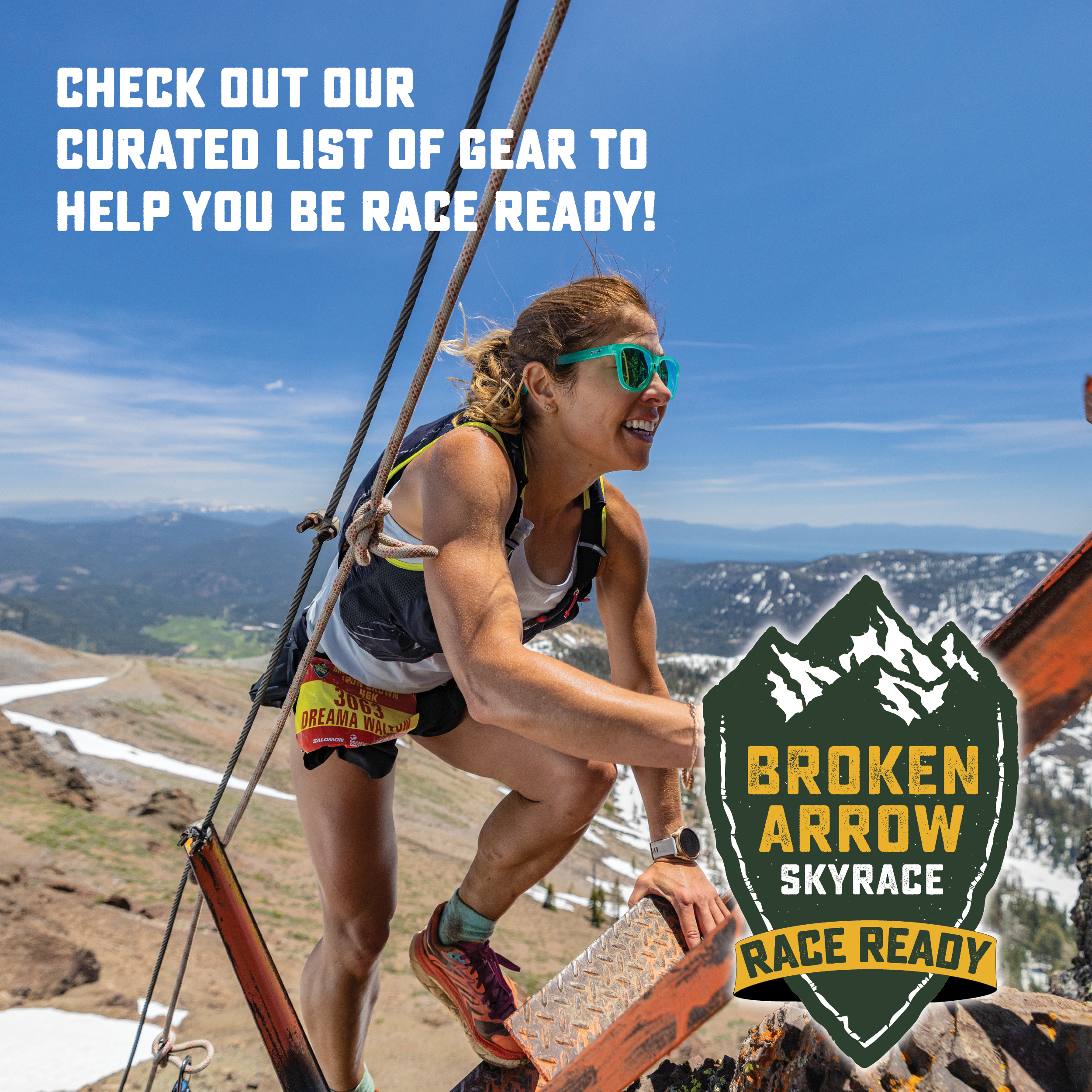



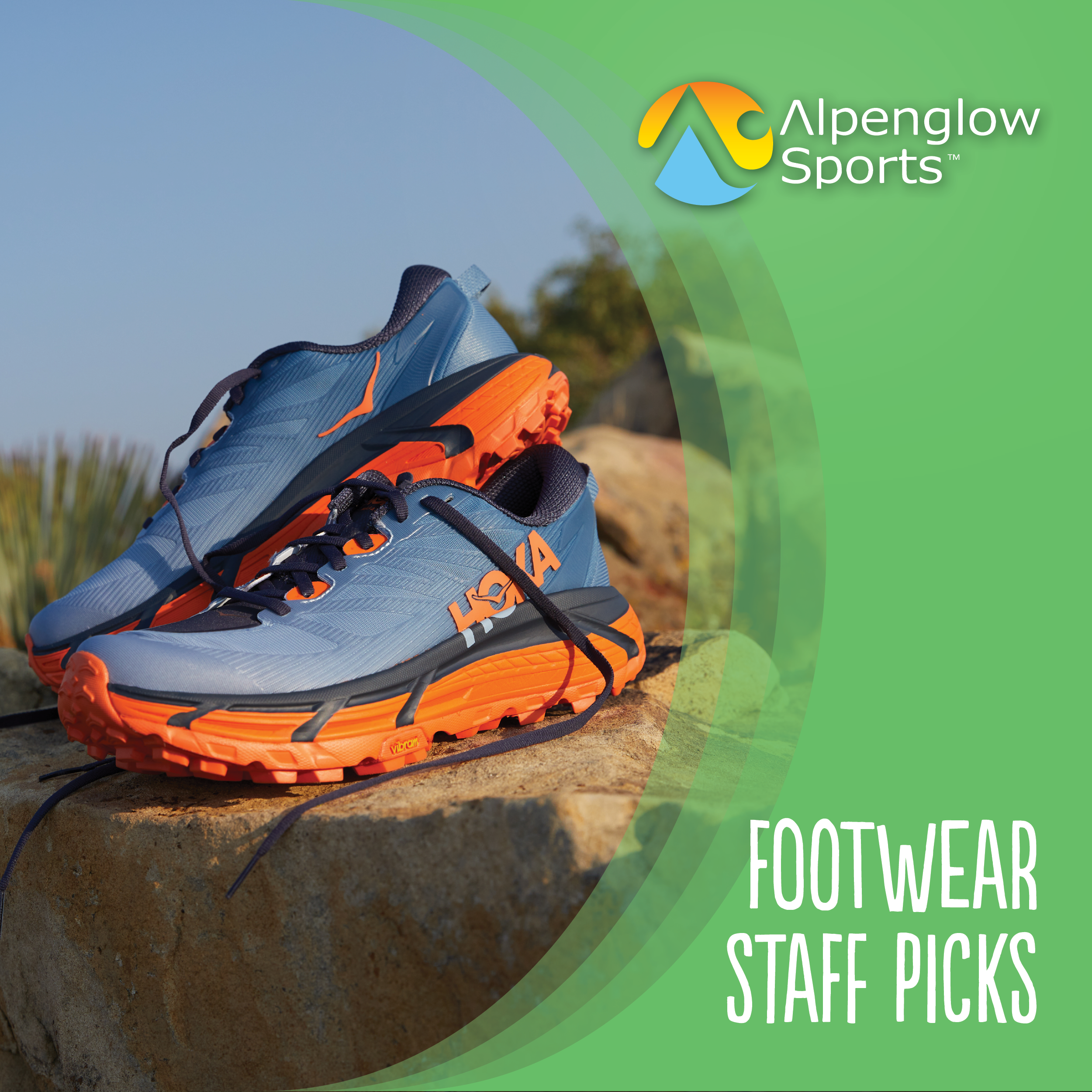



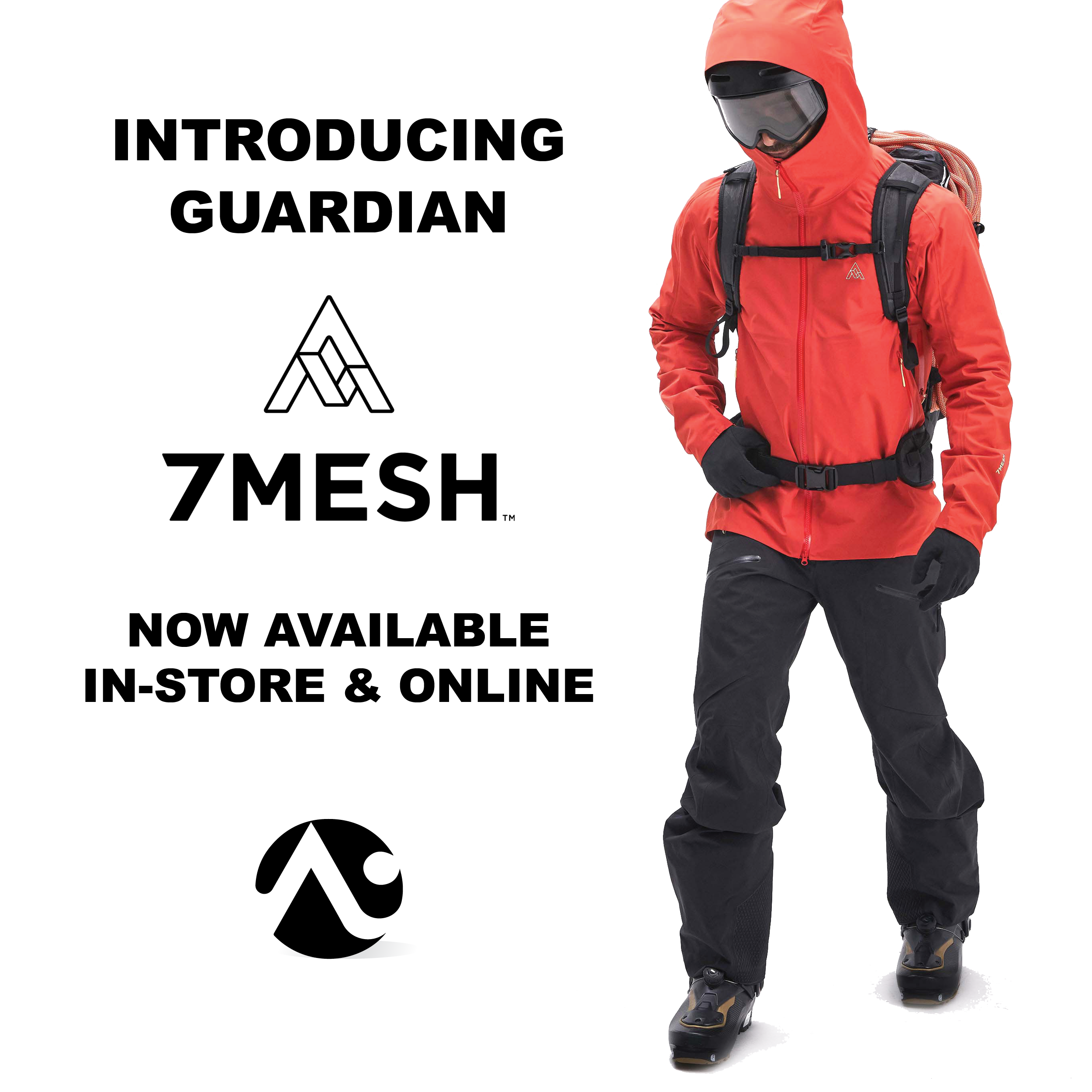


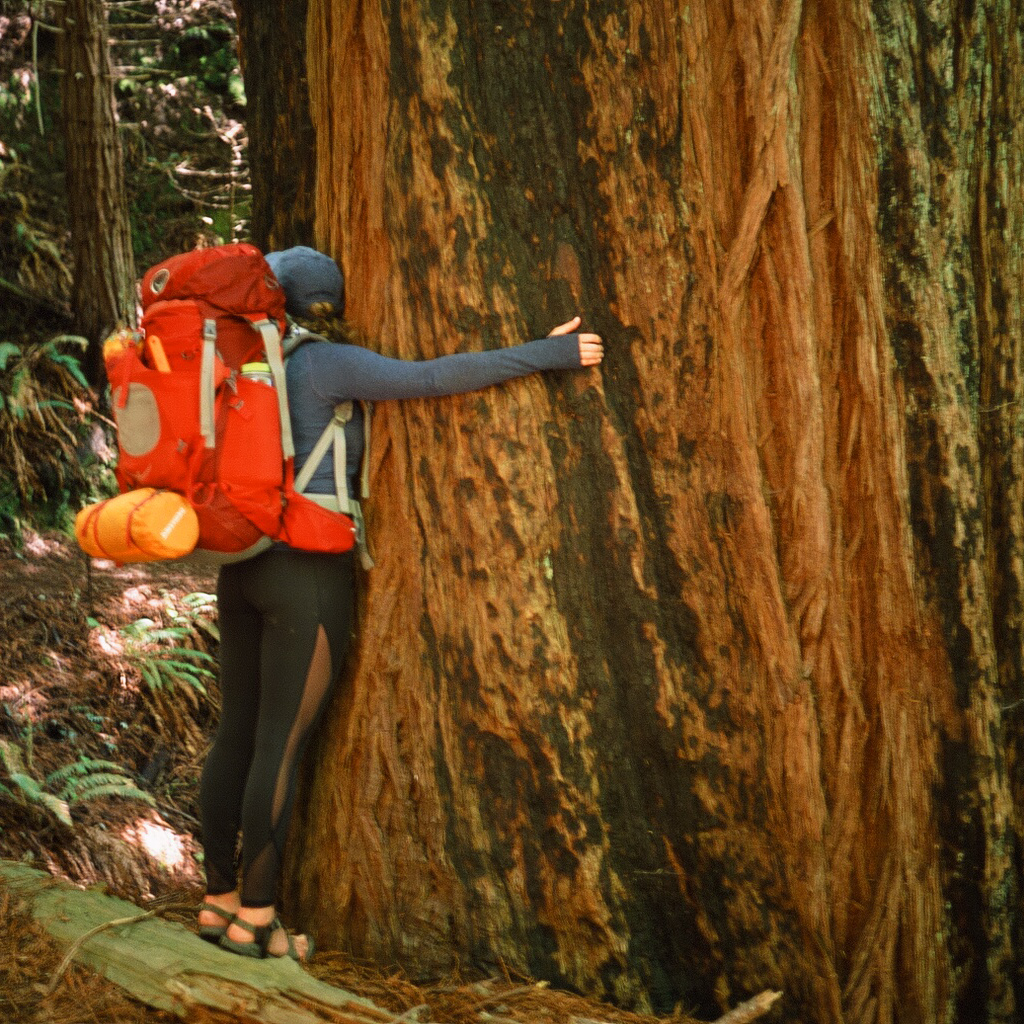


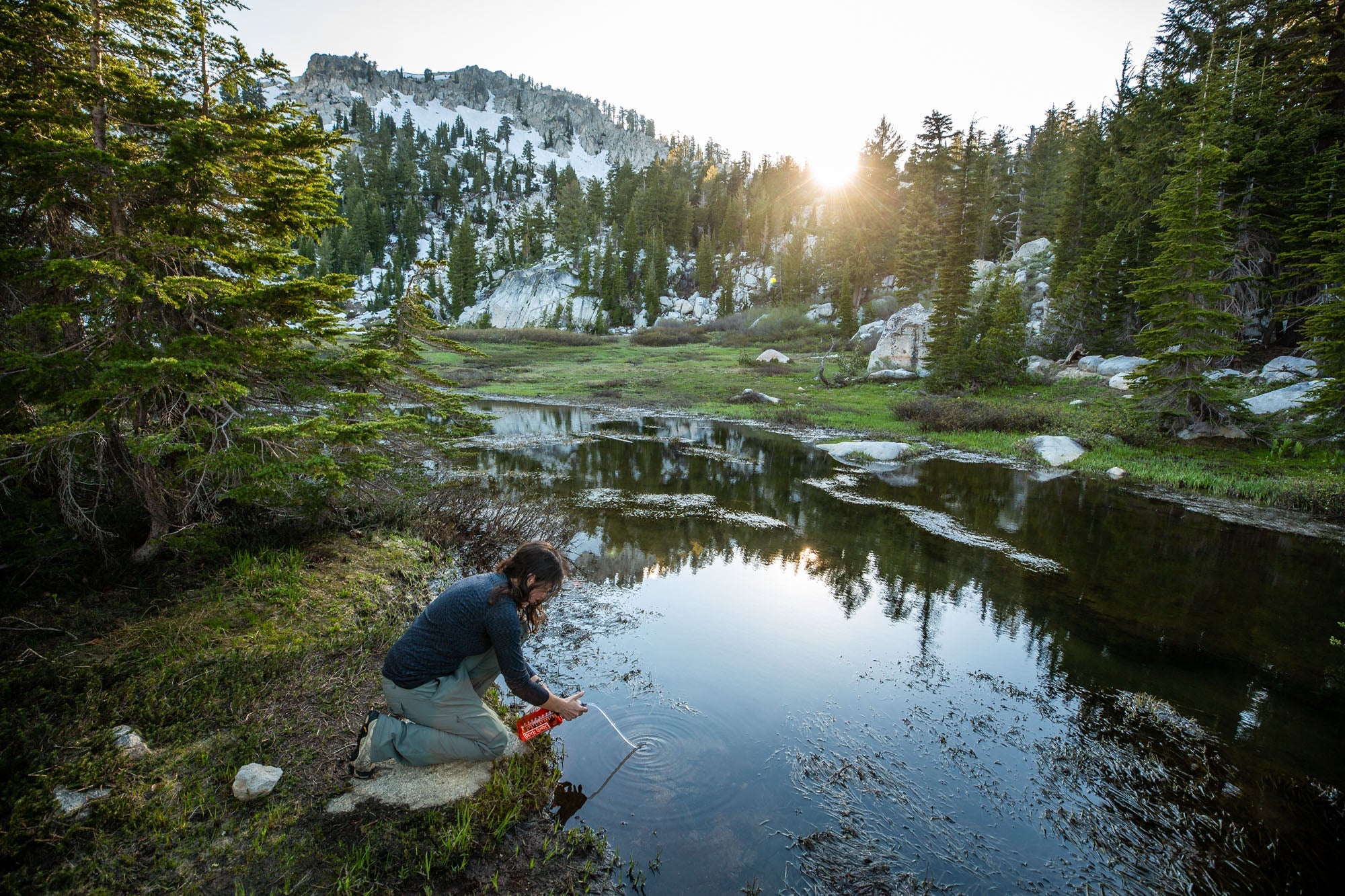
Leave a comment
This site is protected by hCaptcha and the hCaptcha Privacy Policy and Terms of Service apply.